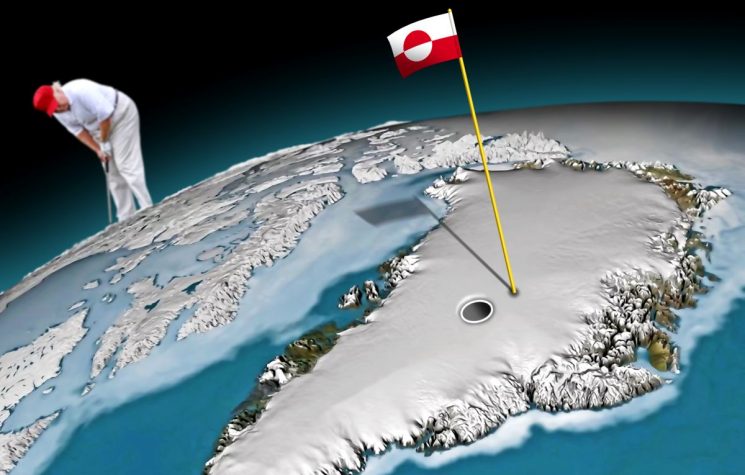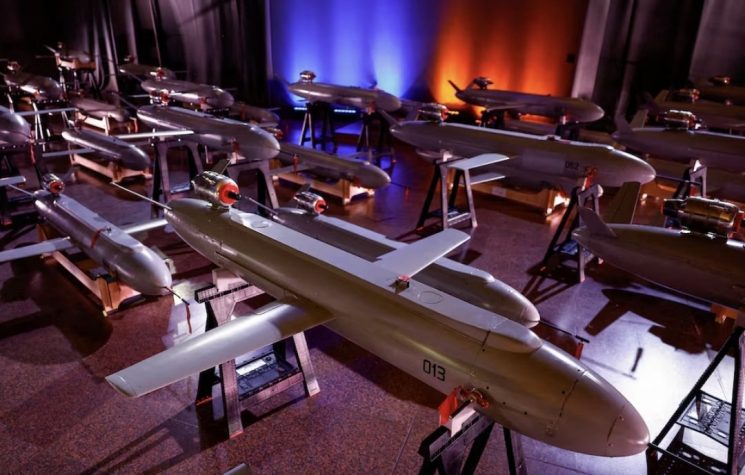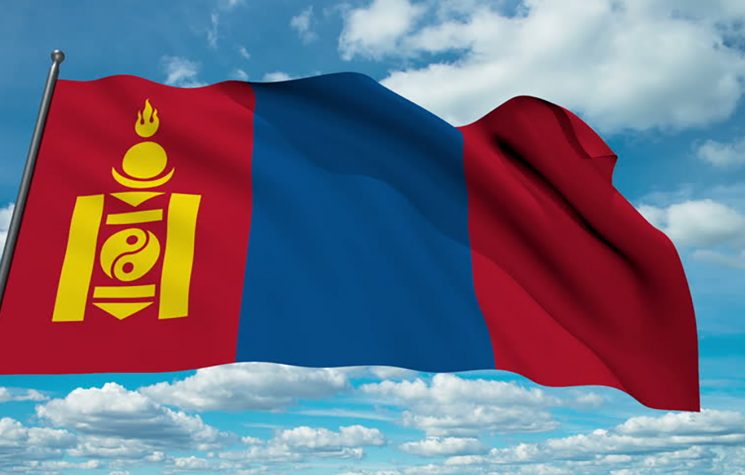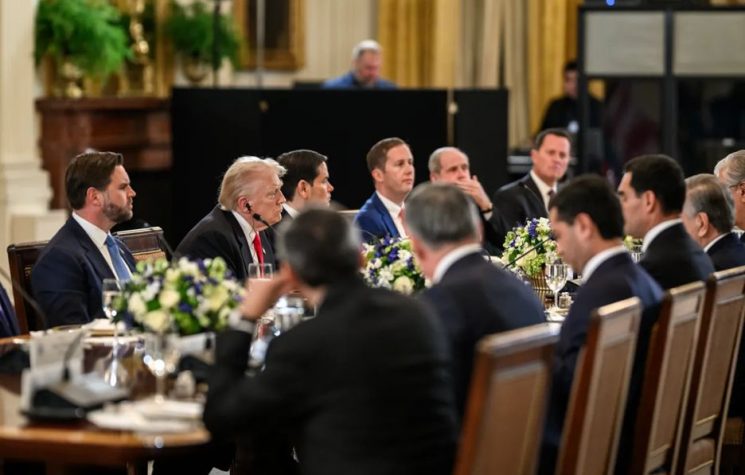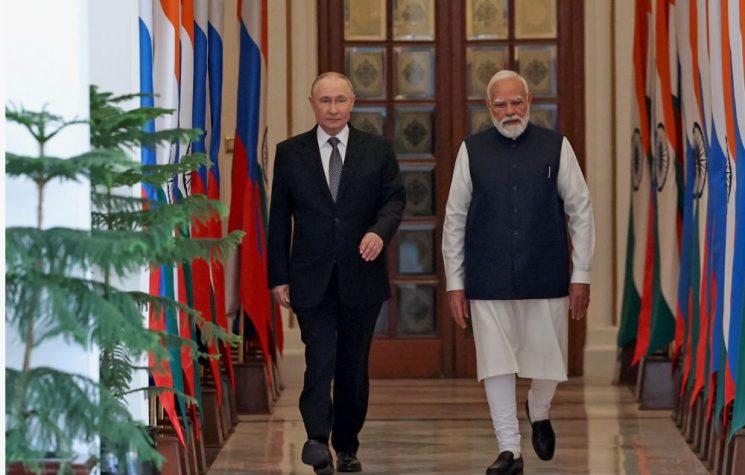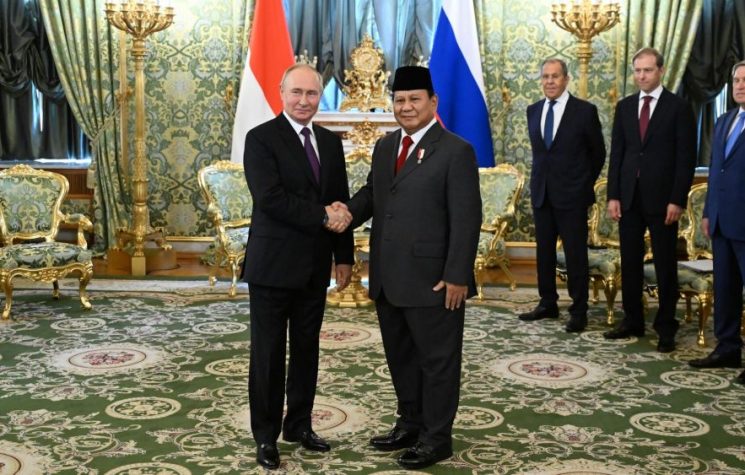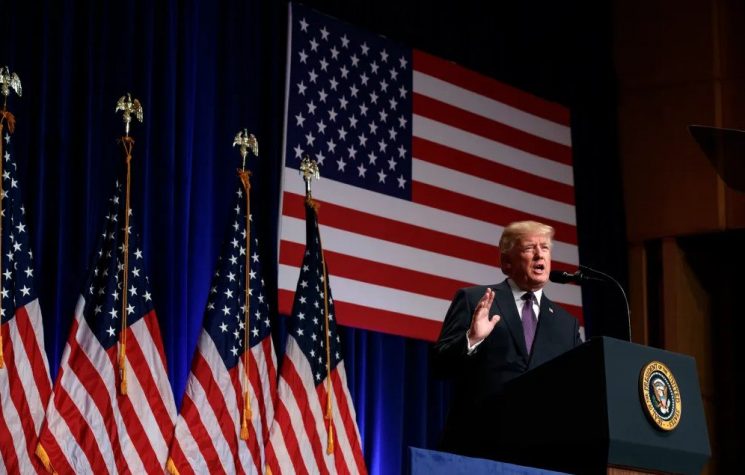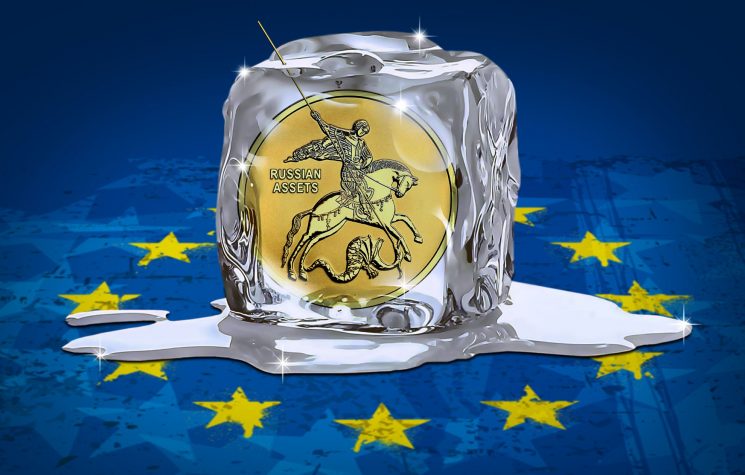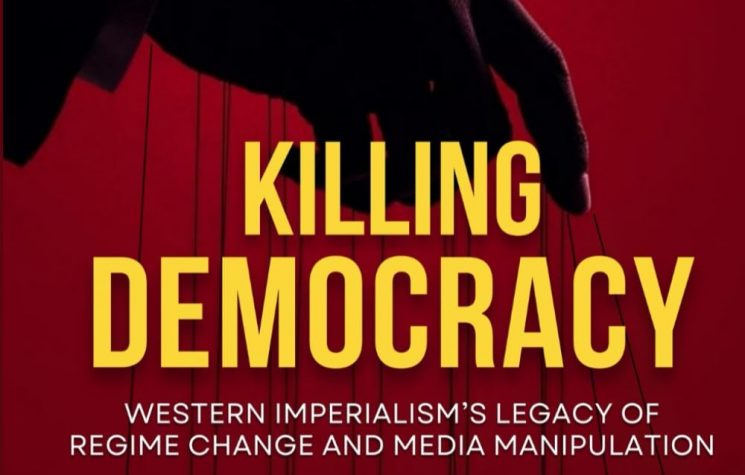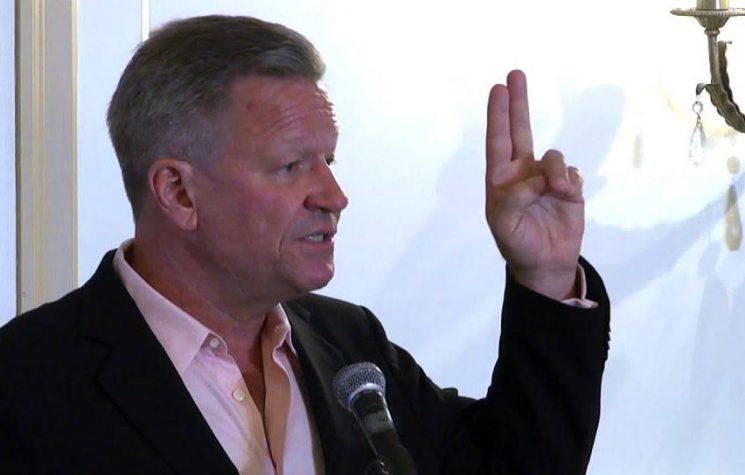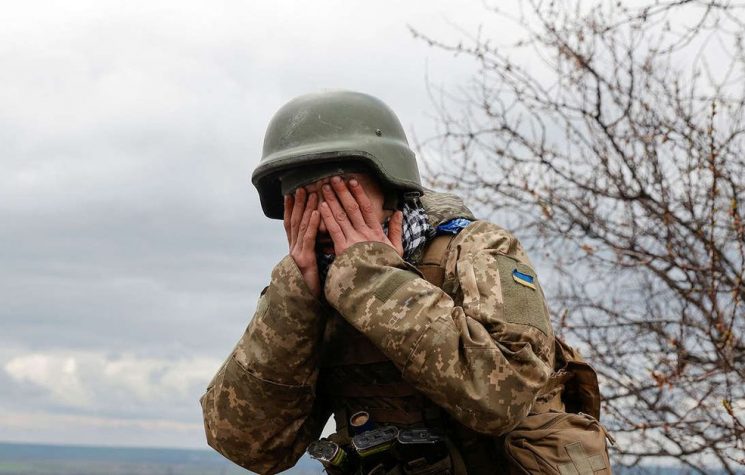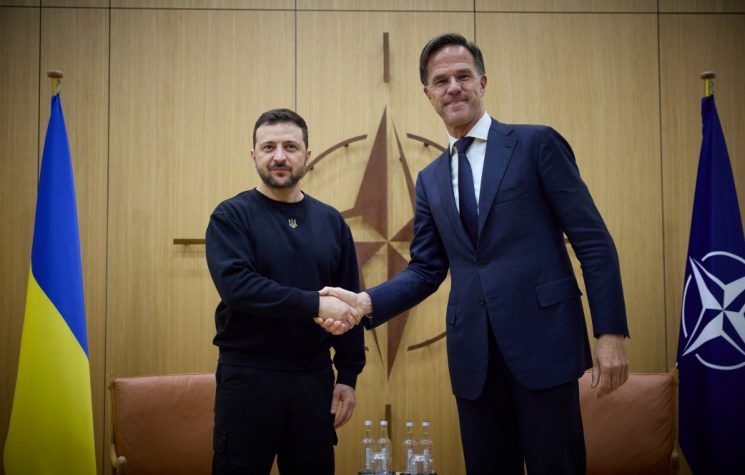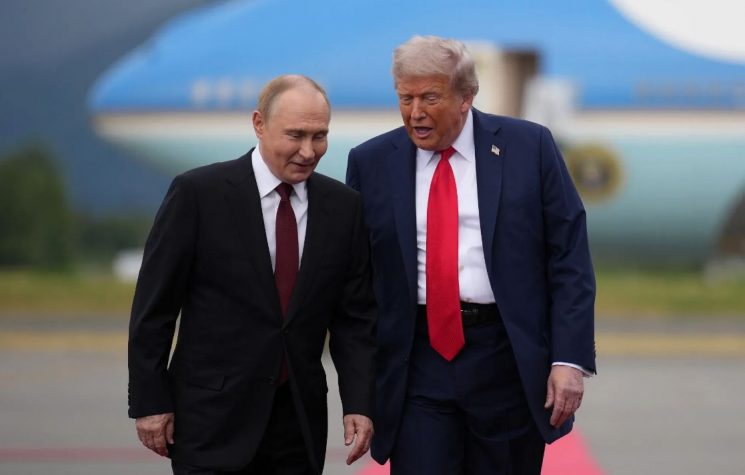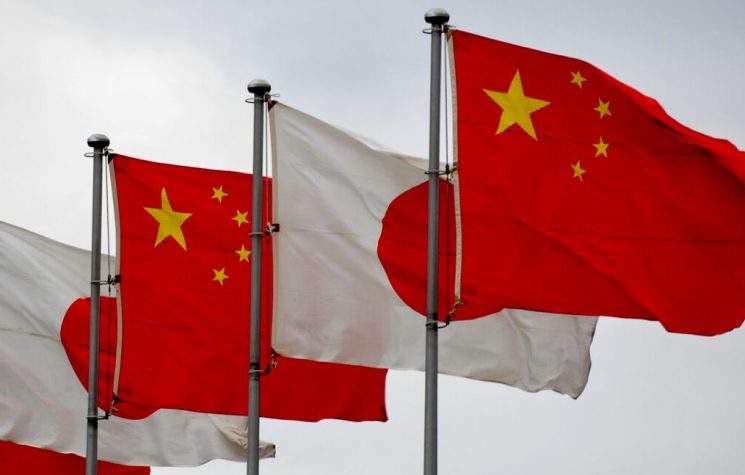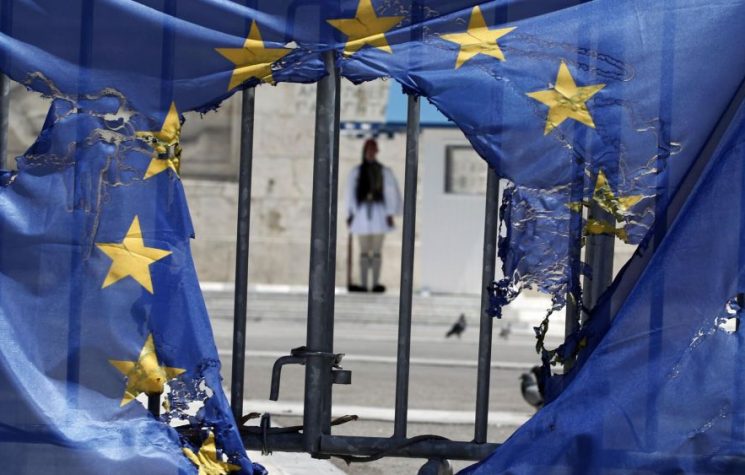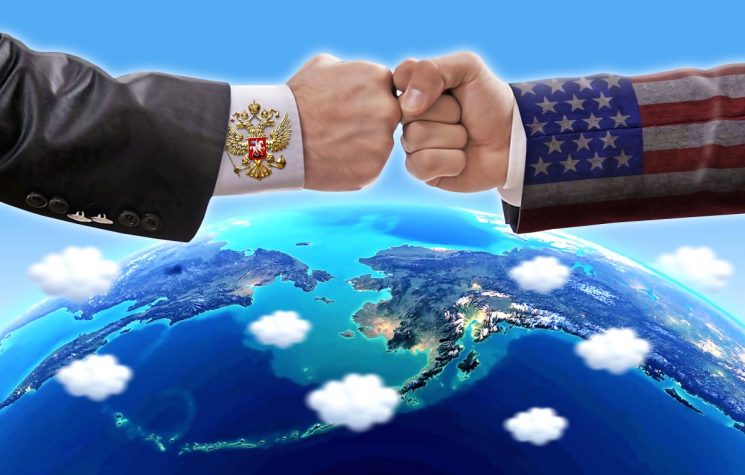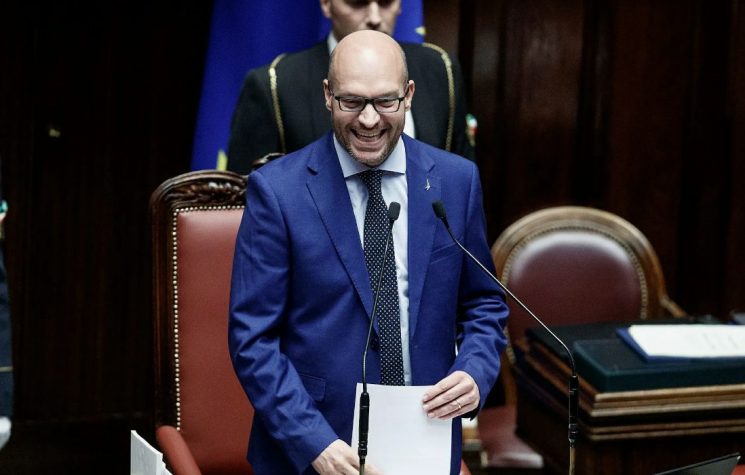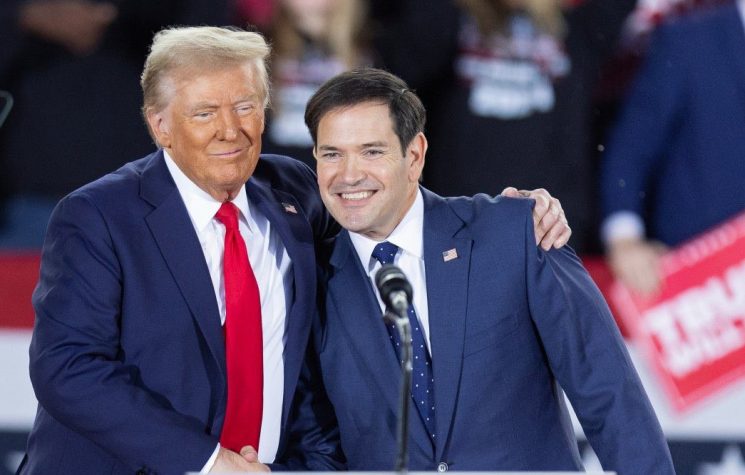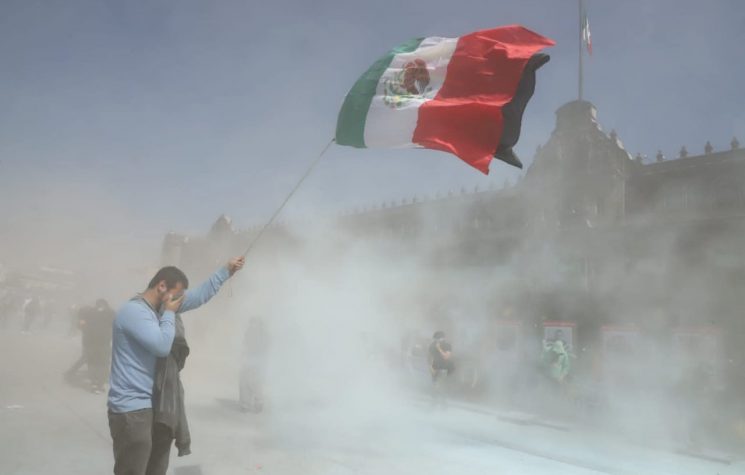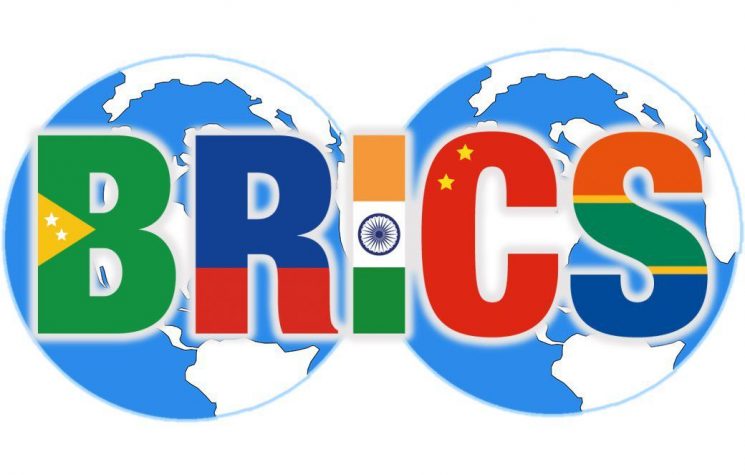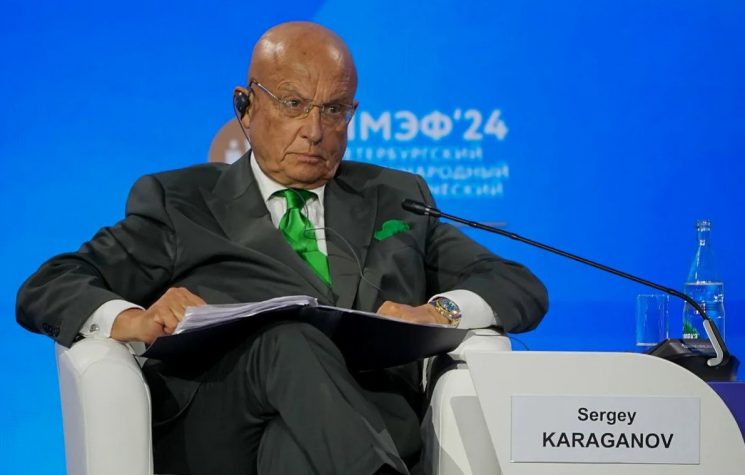The BRICS+ is the partnership that is changing global geometries the most, Lorenzo Maria Pacini writes.
Contact us: info@strategic-culture.su
The whole world is now forced to recognize it: partnerships are a form of association that’s rewriting international relations, and the BRICS+ is the partnership that is changing global geometries the most. Let us try to understand its geopolitical magnitude.
Redefining the Heartland: a new model?
The discussion around redefining the Heartland has been heated for some years now. Trying to list the solutions brought to it, we have:
1) The tendency to reposition the Heartland on the map, changing the geometries and power relations between the entities operating on the domains. In this sense, the Heartland remains one, it’s simply located at another point and all mechanisms are recalculated based on the new coordinates. The classic dichotomy of the conflict between thalassocracies and tellurocracies is not challenged. It’s historically the first phase of geopolitical transformation in the 21st Century.
2) The tendency to identify multiple Heartlands in multiple places, subsisting simultaneously. In this case, the classical dichotomy is applied to each Heartland and, as a result, we are faced with a multiplication of power relations and paradigms. This is a kind of second phase, in which it is necessary to theorize new interpretive schemes and define new geopolitical languages. More Heartlands are not possible per se, they need to be individuated in se. Thus, classical rhetoric may lapse, in favor of new definitions, but a conceptual problem arises: the “heartland” of the Earth remains geographically one and, geopolitically speaking, it’s not a mere concept, but a real place, identified in geographic coordinates, with specificities. The struggle to rule the Heartland – with Sea Power from the outside or with the Heartland itself from the inside – is the main formula of geopolitical history, the very essence of geopolitics. Geopolitics is the battle for the Heartland. All schools of geopolitics are based on and proceed from this model. There are no bodies with multiple hearts, the Heartland remains one, even in geopolitical physiology, because there’s always a pole that has greater weight or centrality, even if only temporary, but nonetheless real. The world is not a flat equilibrium.
3) Thus we come to a third stage, in which the distributed Heartland is recognized. Here the Heartland is as if unfolded over several coordinates, which remain united with each other by something. A kind of multiplication always connected to the primary source. This is the rising phase of the multipolar world, the first step of the transition. In the bipolar world of the Cold War, the Heartland was represented by the Eastern field, primarily the USSR, while the Sea Power was the Western field. However, the Heartland lost this war in the early 1990s with the collapse of the USSR, which marked the beginning of the unipolar moment. This defeat in the Great War of the Continents initiated a unipolar architecture in which the civilization of the sea achieved total domination (then Fukuyama proclaimed the so called “End of the History”). While not territorially conquering the Heartland, the Atlantic thalassocracy did, however, externally rule a good part of it, going so far as to tangent its borders militarily. With the beginning of the new century and the rise of the new ruling class, Russia reestablished Heartland sovereignty, but in a different way than before because the world had changed. The need arose to consolidate the power of the Heartland through its redistribution. New poles were then born, because the multipolar world cannot be realized by one pole, where a pole is not, let us remember, necessarily a state, but can be a state-civilization, or an ethnic group, or a religious group, and so on. A question arises here: is a pole also a Heartland? Does it have its own Heartland? Or does it not and refer to other Heartlands?
4) Here comes the fourth phase, again in the current multipolar transition. This is still a phase in the making, of which we can only grasp a part of the process and therefore our analysis will be non-exhaustive. In this phase we see the rising poles coming together and establishing forms of alliances, partnerships, around strategic, economic, religious, and ideological issues; these alliances gain real geopolitical power vis-à-vis the hegemon, which is faced with the descent of its hegemony on multiple fronts. In these partnerships, the various countries take turns managing the overall leadership of the partnerships. This sets up a kind of mobile Heartland, capable of being shifted as needed, around which the other poles – and even the enemy – are more concentrated.
The Mobile Heartland of the BRICS
It’s in this fourth phase that we can recognize the now striking action of the BRICS+ as the majority partnership (in numbers and global significance). In the workings of the BRICS+, which have a statute whose pivot is the implementation of multipolarity, we notice this distribution of the Heartland from year to year: with the chairmanship of one state-civilization, the other participating countries refer to and engage with the perspective of that state-civilization, reinforcing its inherent Heartland; but there is also a kind of Heartland distributed among the members of the partnership themselves, whereby participation makes one fully capable of “doing something” with that Heartland.
This is a tool that’s conceptually perhaps not easy to understand, but incredibly powerful in practice.
Classical geopolitics is being disrupted or, rather, the geopolitical reading of Sea Power is being disrupted. Patterns are changed, relationships are disrupted, hermeneutical models must be rewritten.
We need to learn to read the map from another perspective and with other tools. In this sense, we are helped by pan-ideas as defined in his time by Karl Haushofer and reevaluated and redefined by Aleksandr Dugin. Let’s do another map-reading exercise: Haushofer proposed reading the world map vertically, creating conjunctions between the continents, from top to bottom and from bottom to top of the map, so as to identify different routes of development and analyze different power relations. Dugin goes further and frames on the map the macro-areas of the states-civilizations not only vertically, but with the possibility of also being distant and separate but still being part of a single area that is ideologically part of that model of civilization. It’s not only a question of a geographical reading of the map, but an ideological geography of the map, because what moves the enterprises of those states are the models of Civilization, are the ideas.
Here we have a partnership that began as primarily Eurasian, the BRICS, now extending to include a large number of countries and models of Civilization that are not Eurasian; it redistributes over them the authority and power of the Heartland, by participation, giving them the opportunity to become in turn the pole that acts as the geographical pivot of History. This step is crucial: the distribution of the Heartland and its mobility serve for the integral and integrated formation of the poles. A step without which multipolar mechanics would not really exist.










